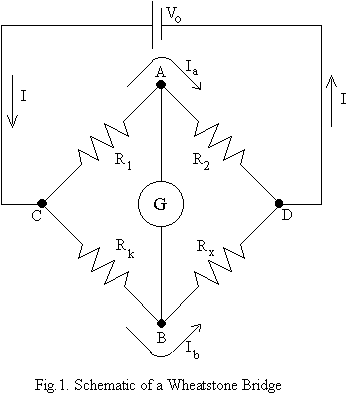3 Resistance Wheatstone Bridge

Consider the Wheatstone Bridge circuit. If the resistances R1 and R2 were zero(i.e if they were not present without altering the connections) then, the ratio of resistances will be 0:0. Will the current passing through G still be zero?
No vote yet
1 vote
Easy Math Editor
This discussion board is a place to discuss our Daily Challenges and the math and science related to those challenges. Explanations are more than just a solution — they should explain the steps and thinking strategies that you used to obtain the solution. Comments should further the discussion of math and science.
When posting on Brilliant:
*italics*or_italics_**bold**or__bold__paragraph 1
paragraph 2
[example link](https://brilliant.org)> This is a quote# I indented these lines # 4 spaces, and now they show # up as a code block. print "hello world"\(...\)or\[...\]to ensure proper formatting.2 \times 32^{34}a_{i-1}\frac{2}{3}\sqrt{2}\sum_{i=1}^3\sin \theta\boxed{123}Comments
If R1=R2=0Ω, then CAD is a short. So, Rk, Rx, and G are shorted out of the circuit.
This means that the currents through Rk, Rx, and G are all 0A.
No current will pass through points CD, as the equivalent resistance between those points would be Req=0+Rk+Rx0[Rk+Rx]=0. And since resistance is zero, no current will flow through CD.
zero A
0
yes?
YES